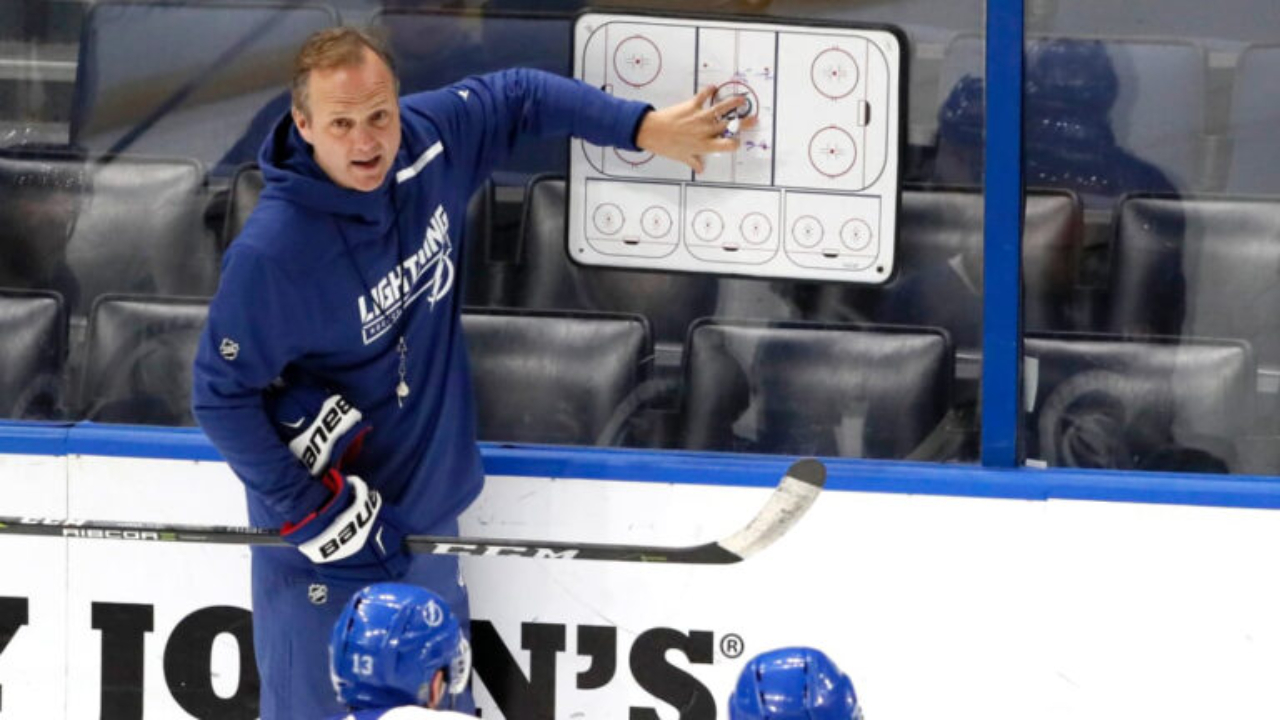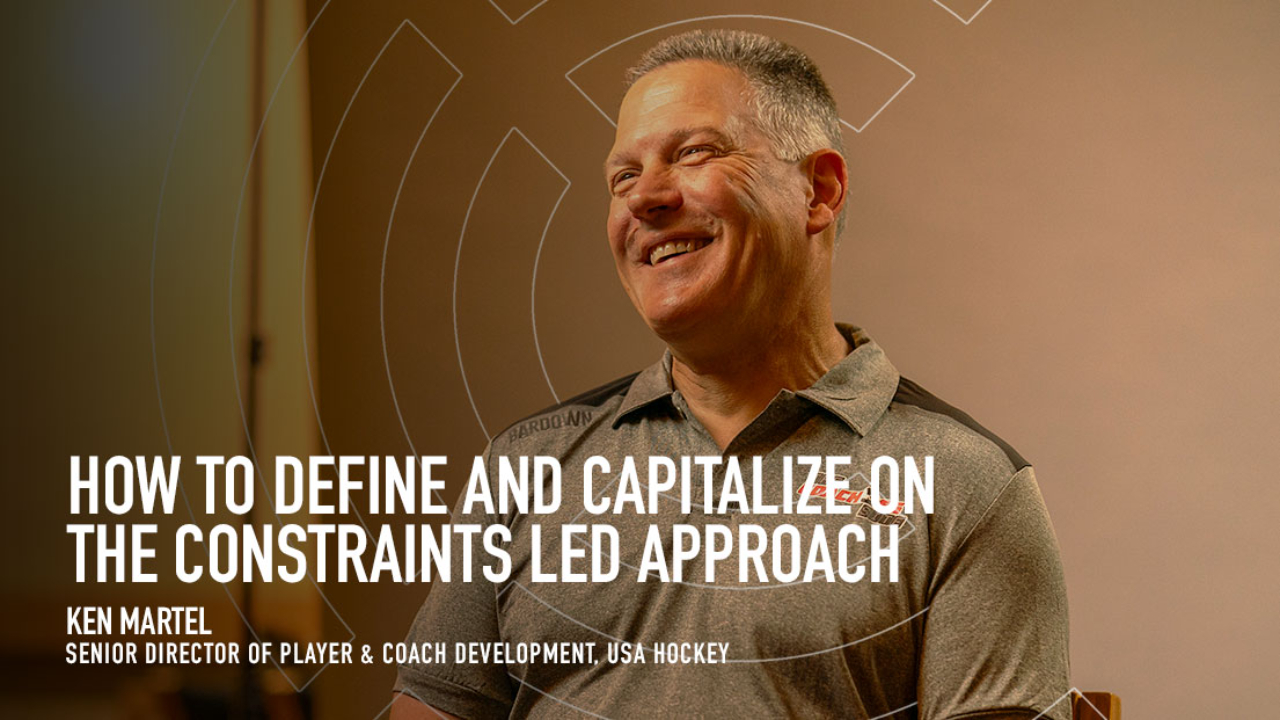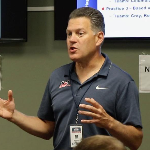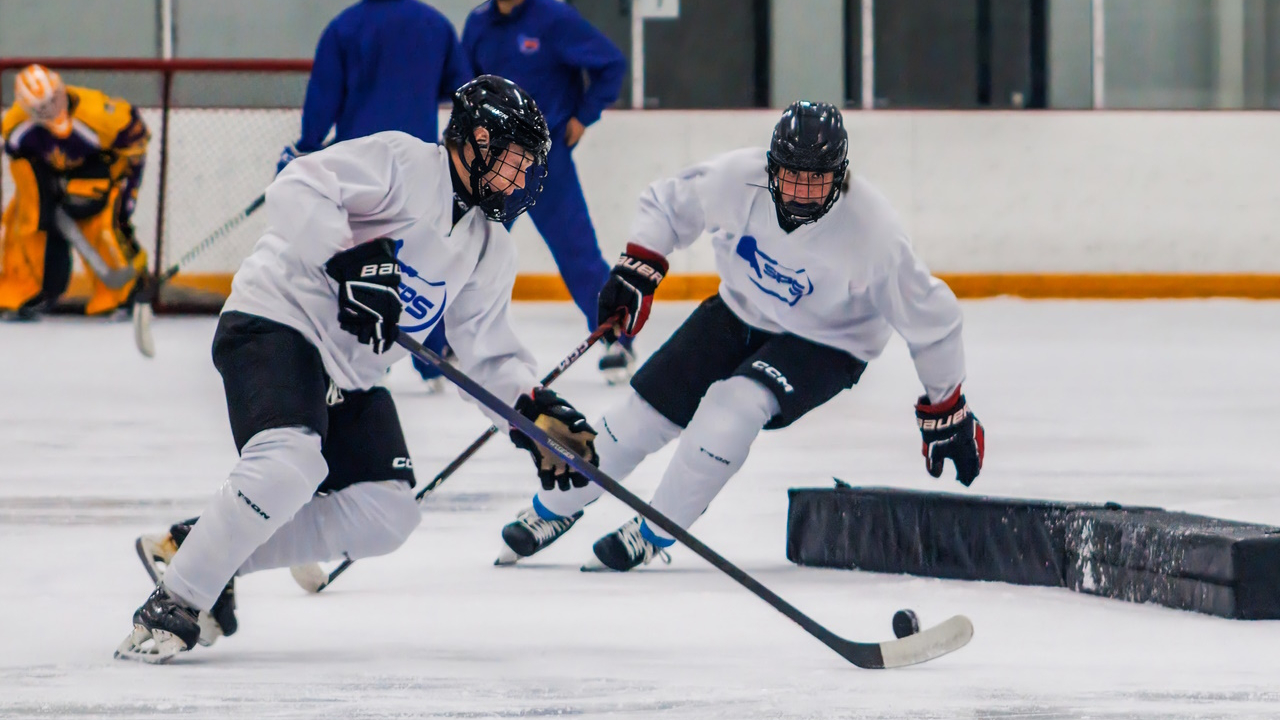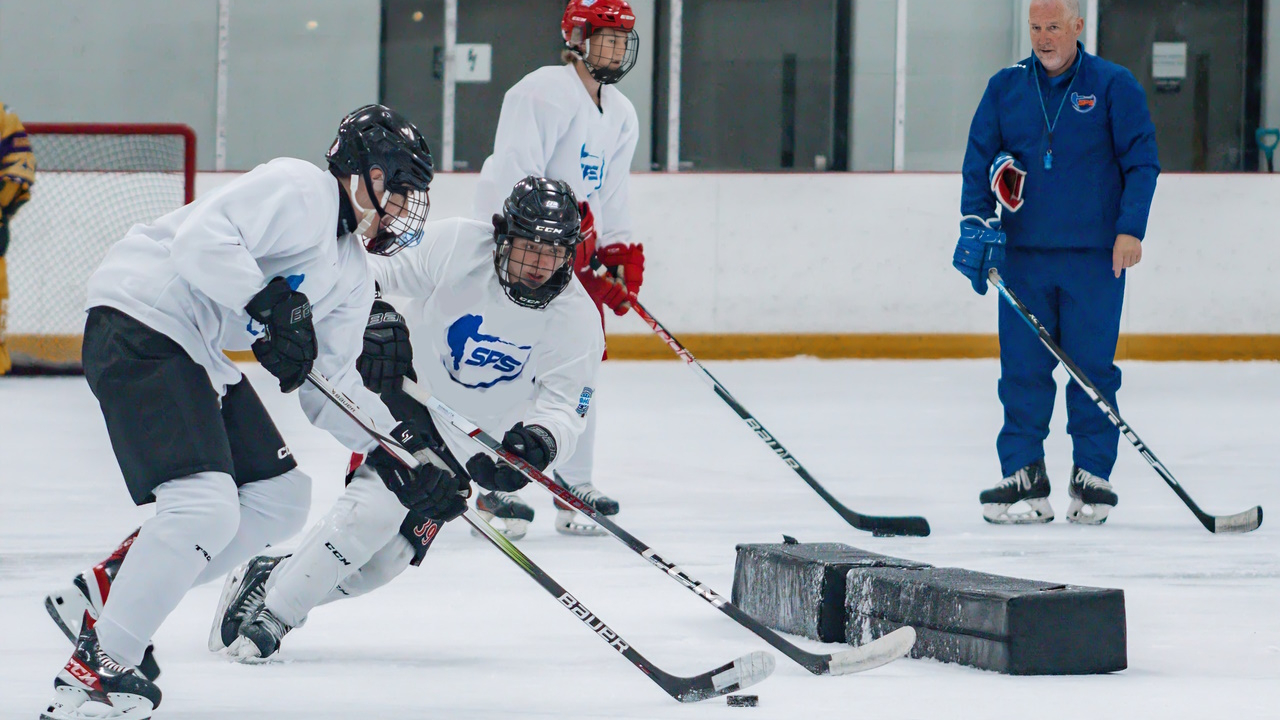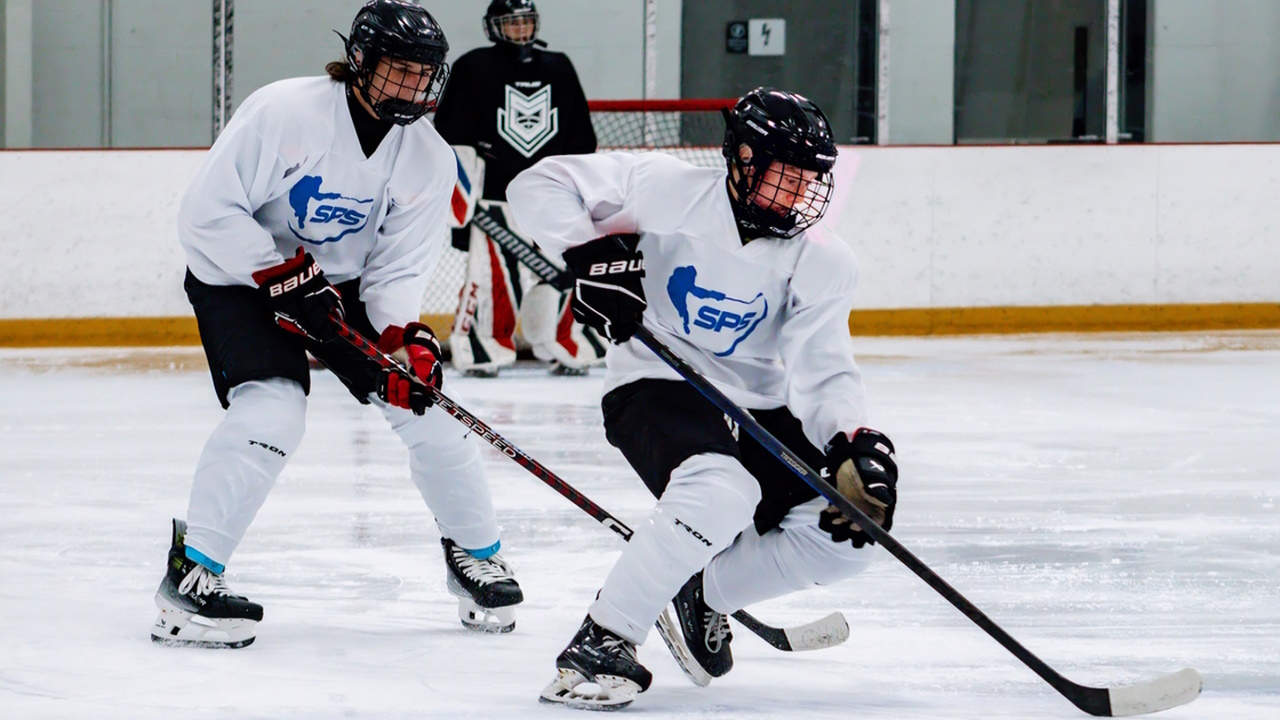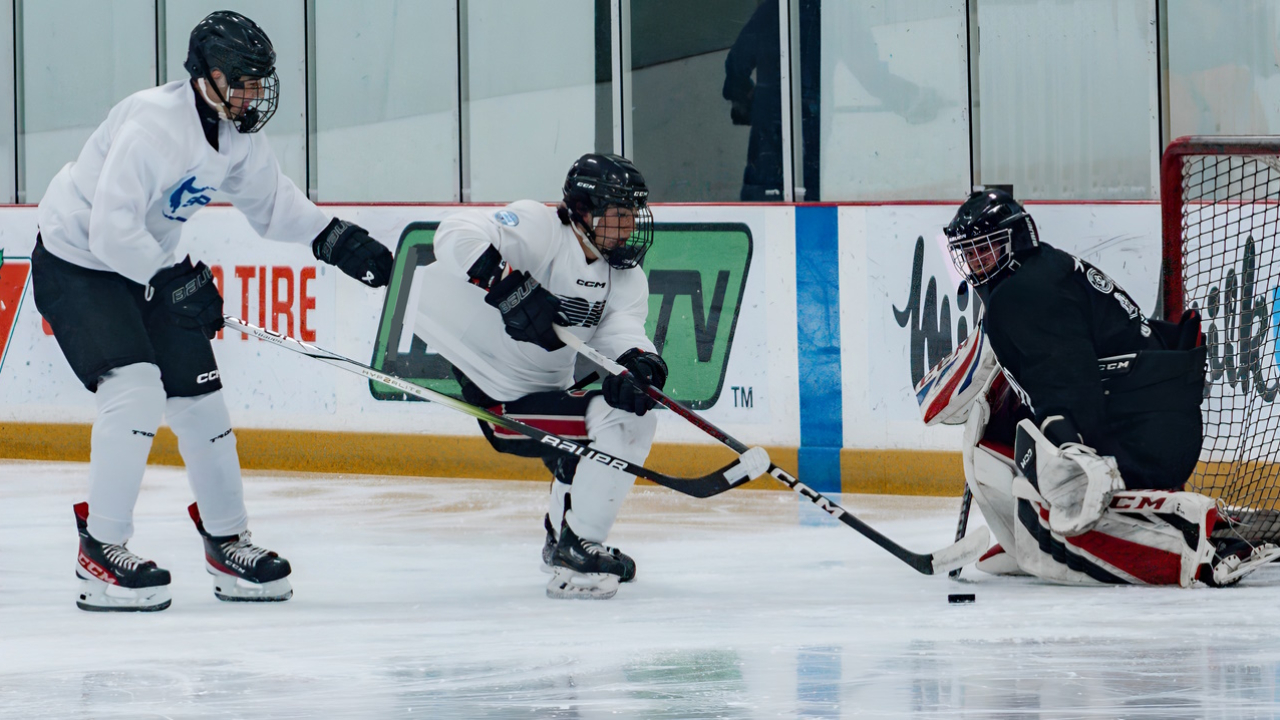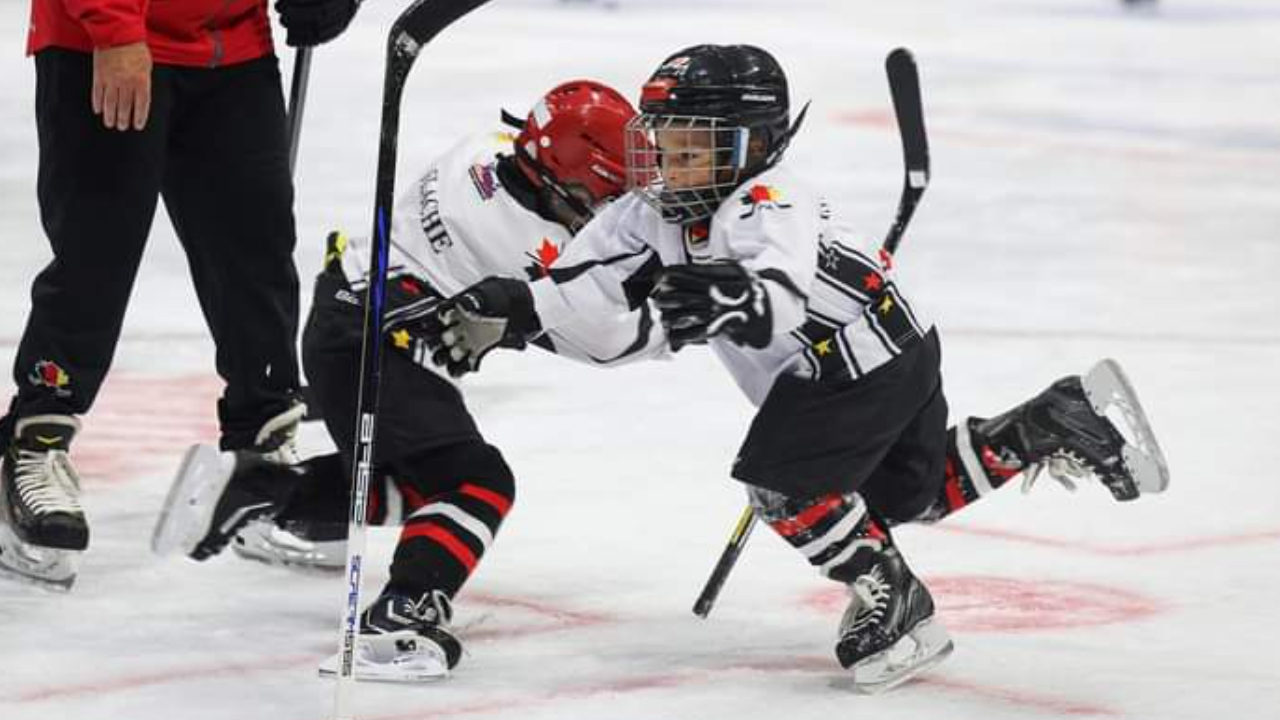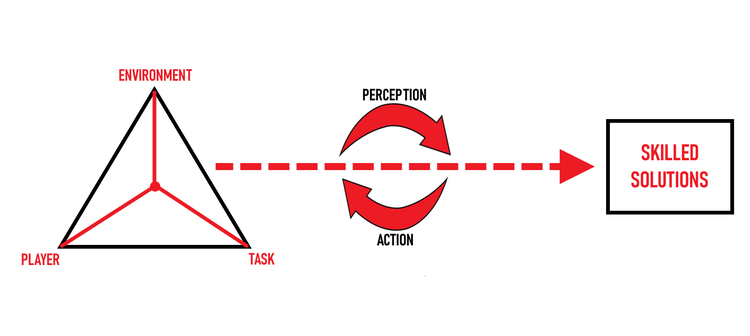In previous articles I have written on the benefits of Ecological Dynamics as a skill development framework. I have presented on the design and delivery principles that underpin the framework, but for many coaches the translation of this theory into practice is not always clear. Therefore, in keeping with the premise that a picture is worth a thousand words, I decided to take a practical, or video, approach with this article.
My off season project was to start building an Ecoligical Dynamics video library for hockey coaches. Practice content that is based on the design principles of the framework and makes use of a constraints led approach. The libary can be found on my YouTube Channel and it will contnue to expand as I work with my new team over the 2025-26 season.
The videos below are a sample of the first videos from the libaray. The activities in the videos were designed to help clarify some of the principles and concepts of ecological dynamics and non-linear learning. The designs and delivery were kept simple and as you watch them hopefully you will pick up on methods and places where constraints could be added or removed, variability adjusted, task simplification applied, etc.
For some coaches, the activities in these videos may look a lot like some of the things they already do with players and teams. But one has to look deeper to see that the activities in these videos go beyond a simple games based approach. They are more then just battle/compete drills or SAGs. The strength of this framework comes from the combination of both the design and the delivery. The coach designs an environment (i.e. practice drills/activities) that provides variability and game contextual information. Then within the environment the coach manipulates that information (i.e. constraints) to provide players with various opportunities (i.e. affordances) to solve problems in multiple ways.
Here are key points to consider when viewing the videos:
-
Design:
-
The activities contain game relevant information. The same types of information players will encounter in the game. They are representative learning designs.
-
The activities contain variability. Repetitions do not repeat exactly and information is always changing.
-
The activities are based on repetition without repetition (the repeated search for solutions to a problem), not based on repetition (the attempt to repeat the same action).
-
The players focus of attention is on the outcome or objective of what they need to achieve (external focus) not on how they are doing it technically (internal focus).
-
Transfer from practice environment to the game environment is a central theme.
-
Activities are player centered not coach centered.
-
-
Delivery:
-
The coaching method used is a constraints led approach. The coach changes constraints (sources of information) to guide and facilitate the learning.
-
Players are not being scripted in their actions. The coach holds back from telling them how to do things. Instead objectives or outcomes are provided.
-
The coach allows for exploration and discovery. Players use their perceptions to act and find solutions that help achieve the objective.
-
Questioning and feedback is used over telling and scripting. Well formed questions to players create reflection and reinforcement and result in better learning and retention.
-
Developing Passing, Puck Control & Skating Skills
Developing Cycle Skills
Developing Board Play Skills (Low Rims)
Developing Board Player Skills (HIgh Rim)

